Electrophysiology
A growing team and innovative technologies have driven expansion within our electrophysiology program.
In sync: a collaborative approach to electrophysiology
2025 Outcomes
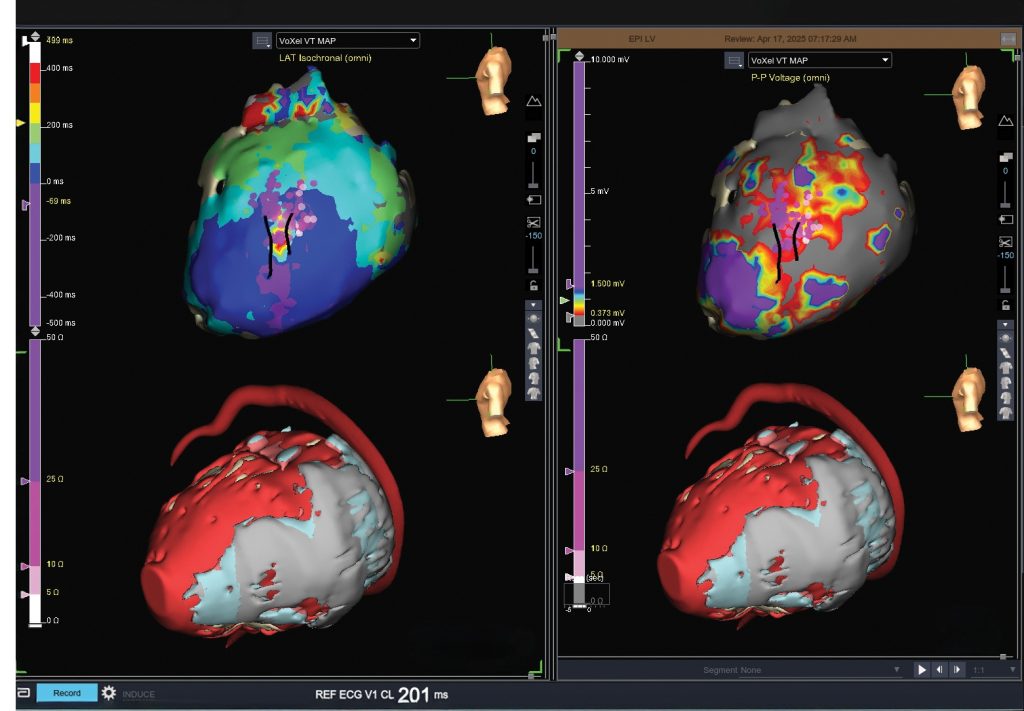
At Baylor Scott & White The Heart Hospital, the dedicated electrophysiology (EP) team is united in its focus on delivering safe, high-quality and patient-centered care. This unwavering commitment has been the cornerstone of its success and recognition. The collaboration of EP sections across The Heart Hospital offers greater expertise and seamless care for patients.
Understanding the community’s increasing needs, the team is expanding its expert physician base and consistently incorporating new technologies to provide prompt, advanced EP heart care.
Accomplishments
- The American College of Cardiology granted EP certification to Plano, Denton and McKinney this year, with Dallas working toward accreditation next year.
- The cardiac EP fellowship in Dallas continues to grow, adding one fellowship per year.
- There will be a first-year and a second-year fellow.
- EP services expanded to the Waxahachie campus in May 2025, providing patients in North Texas convenient access to quality care.
MAJOR EP PROCEDURAL VOLUME*
2,078
PM
1,140
LAAO
1,079
ICD
4,189
ABLATIONS
*Date range for all data is April 1, 2024-March 30, 2025
ATRIAL FIBRILLATION: PFA VS. CRYO/RFA*
CRYO/RFA
591 (22%)
PFA
2,180 (78%)
*Date range for all data is April 1, 2024-March 30, 2025
>8,243
TOTAL NUMBER OF EP CASES
(ALL LOCATIONS)
Includes ablations, ICD, LAAO and pacemakers
LEFT ATRIAL APPENDAGE OCCLUSION (LAAO) VOLUME
1200
1000
800
600
400
200
0
FY21
FY22
FY23
FY24
FY25
10% GROWTH
in procedure
volume in FY 2025
ABLATION VOLUME
3000
2500
2000
1500
1000
500
0
OTHER
VT
ABLATION
SVT
ABLATION
ABLATION
Innovations
- Ventricular tachycardia (VT) ablation: Volumes for this highly specialized treatment continue to grow across the enterprise at the Plano and Dallas locations. Traditional VT ablation targets the endocardial surface. However, some arrhythmias originate from the epicardium, requiring the use of a subxiphoid puncture to enter a virtual, motion-filled space without damaging the heart or surrounding structures. For specific diseases, performing an epicardial ablation can lead to a long-term arrhythmia-free outcome when otherwise standard approaches fail.
- Pulsed field ablation (PFA): Growth continues in PFA for paroxysmal and persistent atrial fibrillation, offering patients a lower risk of damage to other organs, a shorter procedure time, less radiation exposure and, in most cases, same-day discharge.
- Left bundle branch area pacing (LBBAP): Available across the enterprise, the procedure minimizes the chance of heart muscle weakening from traditional right ventricular pacing, with rare complications and high success rates.
- Cardiac imaging: The advanced imaging programs in Dallas and Plano include MRI capability to perform scans on nonconditional devices that are not typically able to be scanned via MRI.
- Dual chamber leadless pacemaker (LPM): We can now synchronize the atrium and the ventricles, especially in patients who are high risk for traditional pacing systems using leads.
- Laser lead extractions (LLE): Referrals come from North Texas and neighboring states for patients who require expertise from high-volume EP operators and cardiothoracic surgery/anesthesia expertise for this potentially high-risk procedure.
- EV-ICD: The extravascular ICD places its lead in the substernal space, avoiding the intravascular space while still providing basic pacing and antitachycardia/ICD functions, offering effective defibrillation with fewer lead-related complications.
Quality awards 2025
Achievements placing us among the elite
Heart & Vascular Surgery
Denton: 3 Stars in 2 Categories
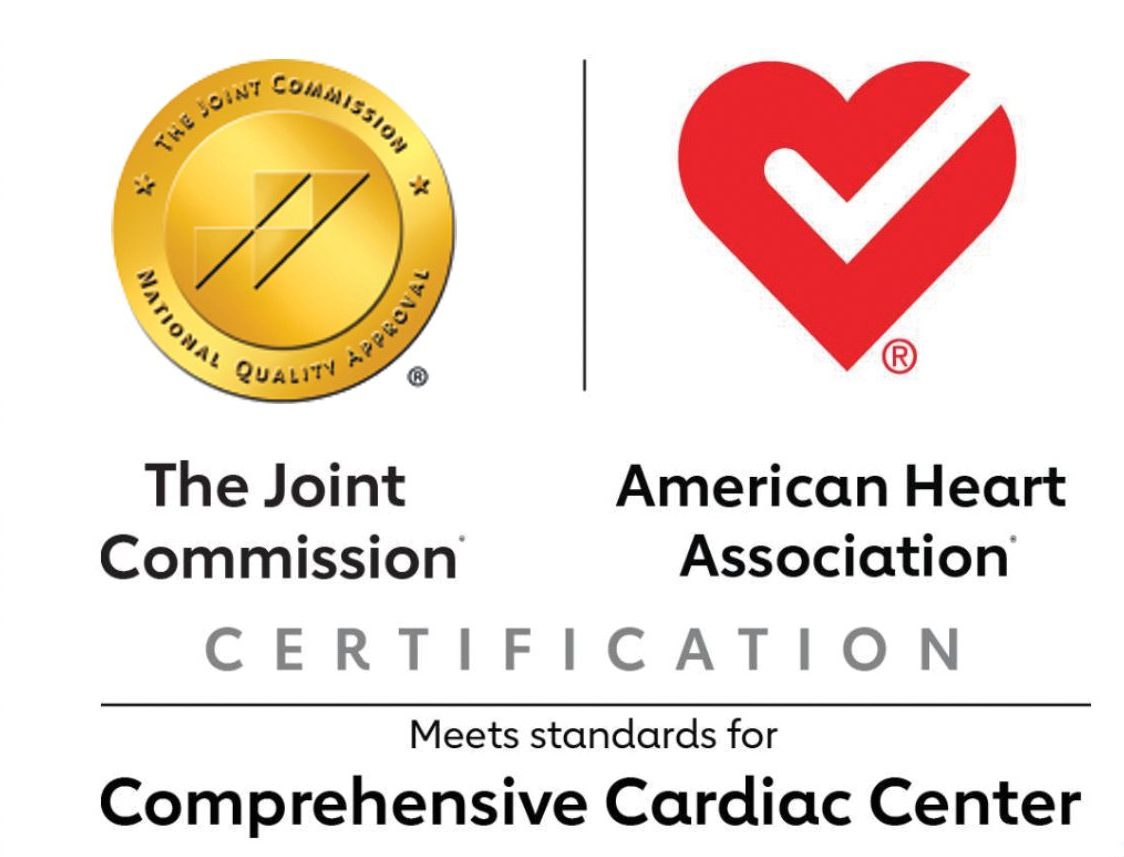
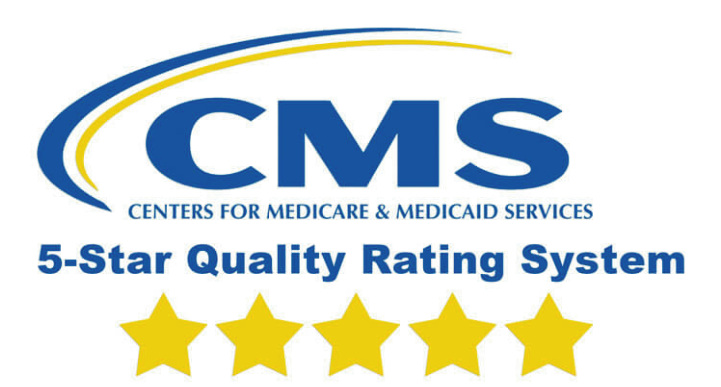
Denton


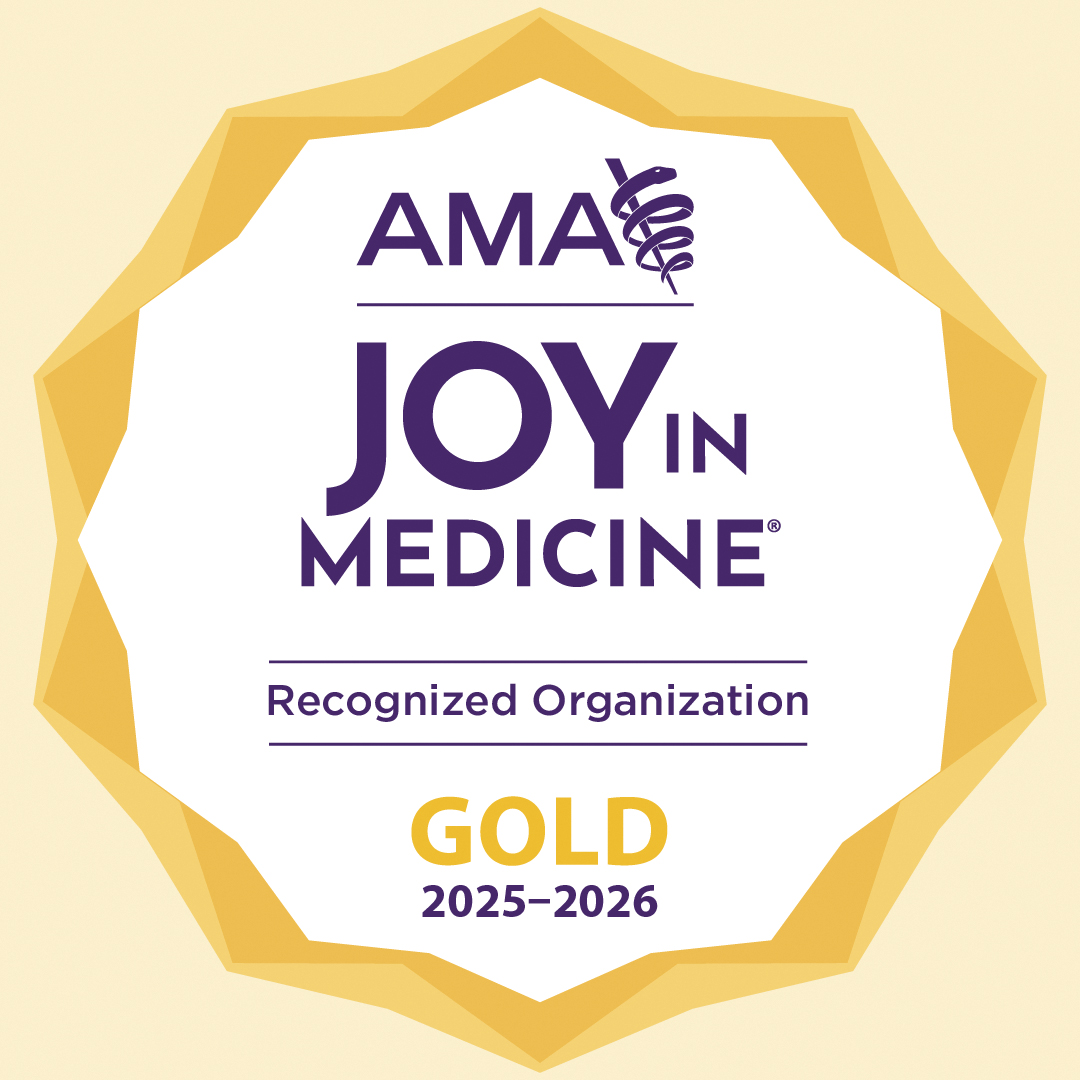
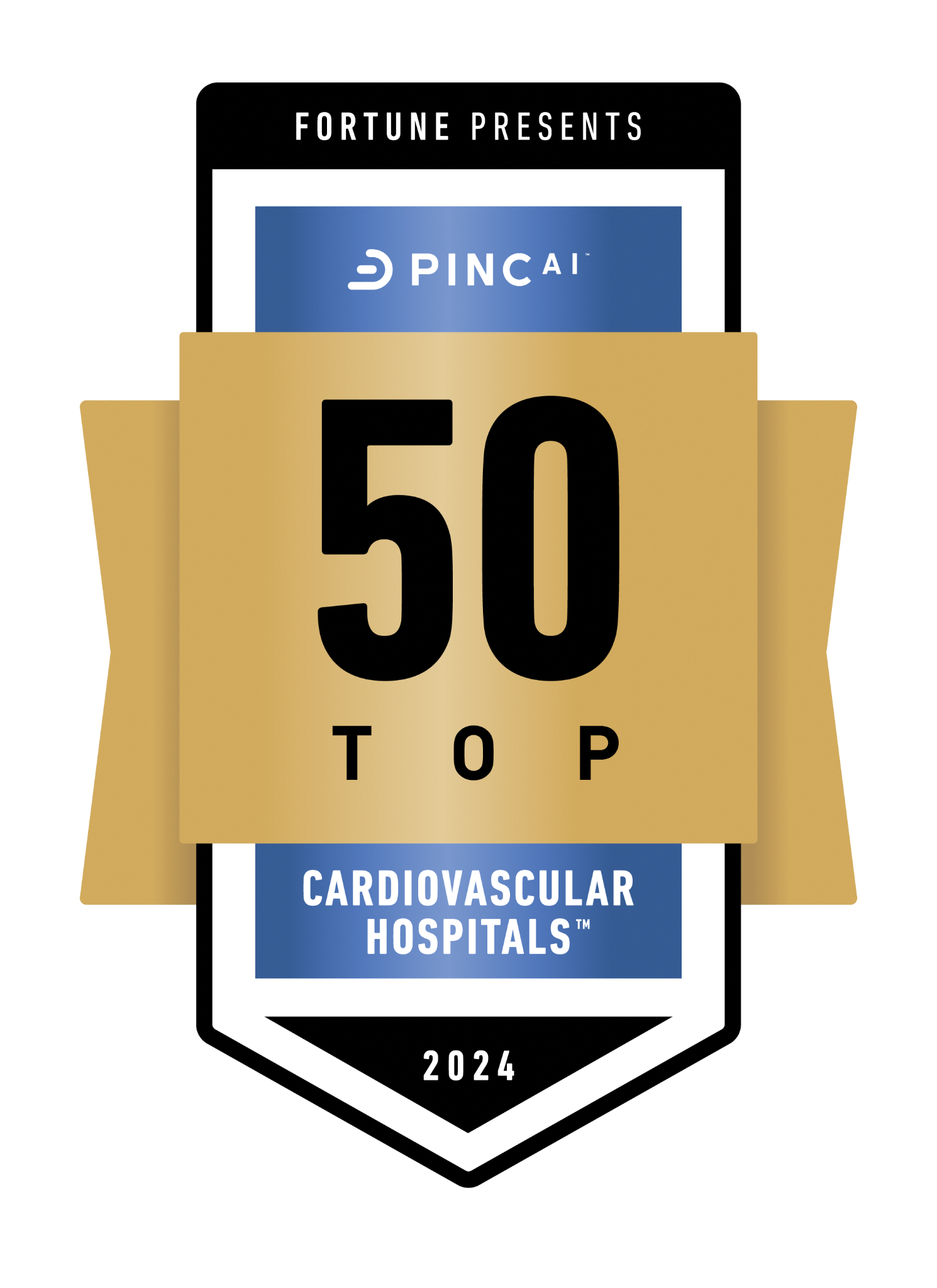



Previous
Next